Neuroscience

Neurotransmitter receptors function via various G-protein coupled and G-protein independent mechanisms that activate downstream intracellular signaling pathways such as cAMP/PKA, PI3K/AKT, phospholipase A2, and phospholipase C pathways. For instance, dopamine receptors act through adenylate cyclase to activate PKA and other signaling molecules, thereby mediate gene expression through the actions of CREB and other transcription factors. Other neurotransmitters such as NMDAR or AMPAR are associated with ion channels that control flux of Ca2+ and Na+, thus propagating the action potential across the post-synaptic neuron.
Dysfunctions in GABAergic/glutamatergic/serotonergic/dopaminergic pathways result in a broad range of neurological disorders such as chronic pain, neurodegenerative diseases, and insomnia, as well as mental disorders including schizophrenia, bipolar disorder, depression, and addiction.
-
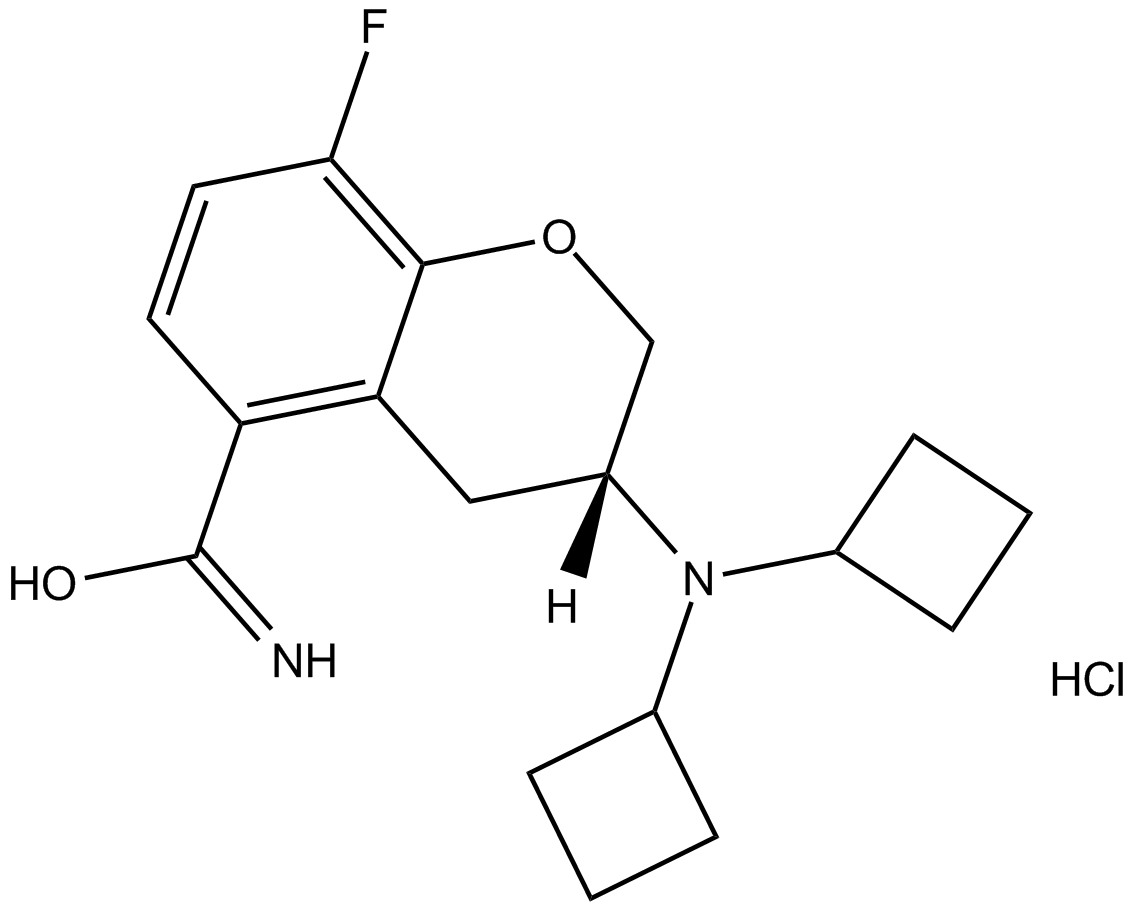 B5406 NAD 299 hydrochlorideSummary: Selective, high affinity 5-HT1A receptor antagonist
B5406 NAD 299 hydrochlorideSummary: Selective, high affinity 5-HT1A receptor antagonist -
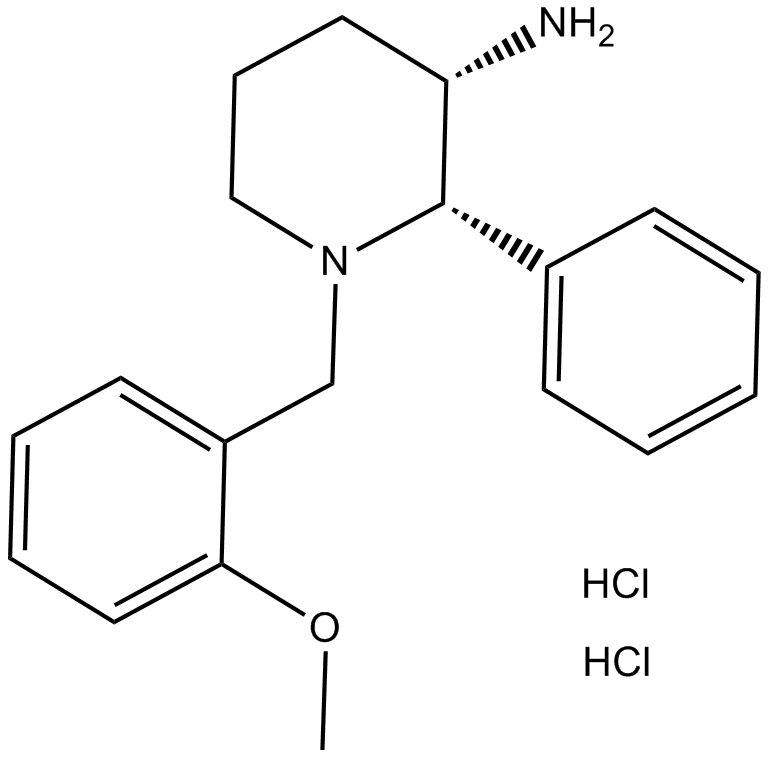 B5422 CP 99994 dihydrochlorideSummary: High affinity NK1 antagonist
B5422 CP 99994 dihydrochlorideSummary: High affinity NK1 antagonist -
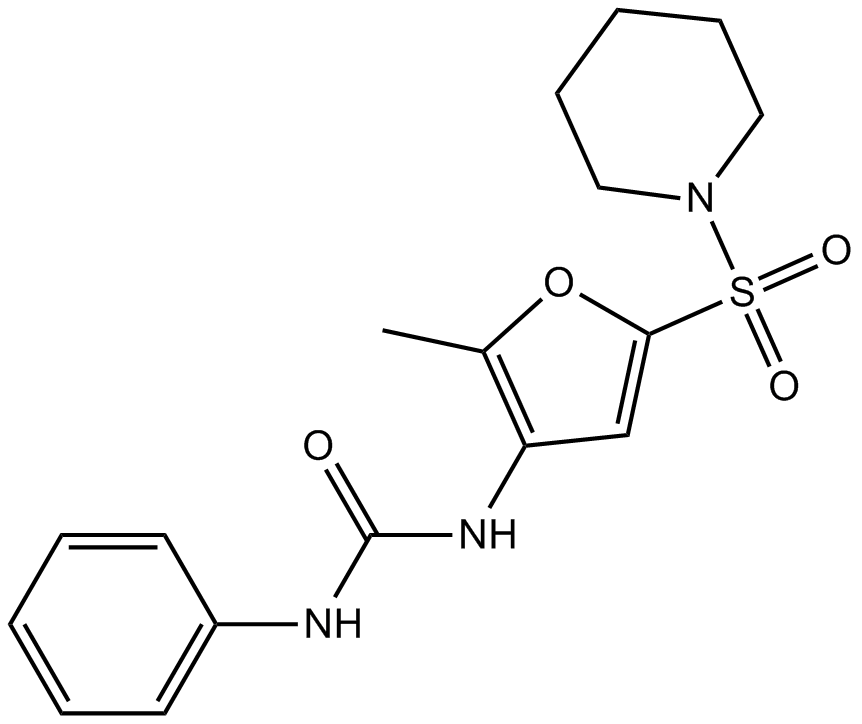 B5473 GSK 264220ASummary: endothelial lipase and lipoprotein lipase inhibitor
B5473 GSK 264220ASummary: endothelial lipase and lipoprotein lipase inhibitor -
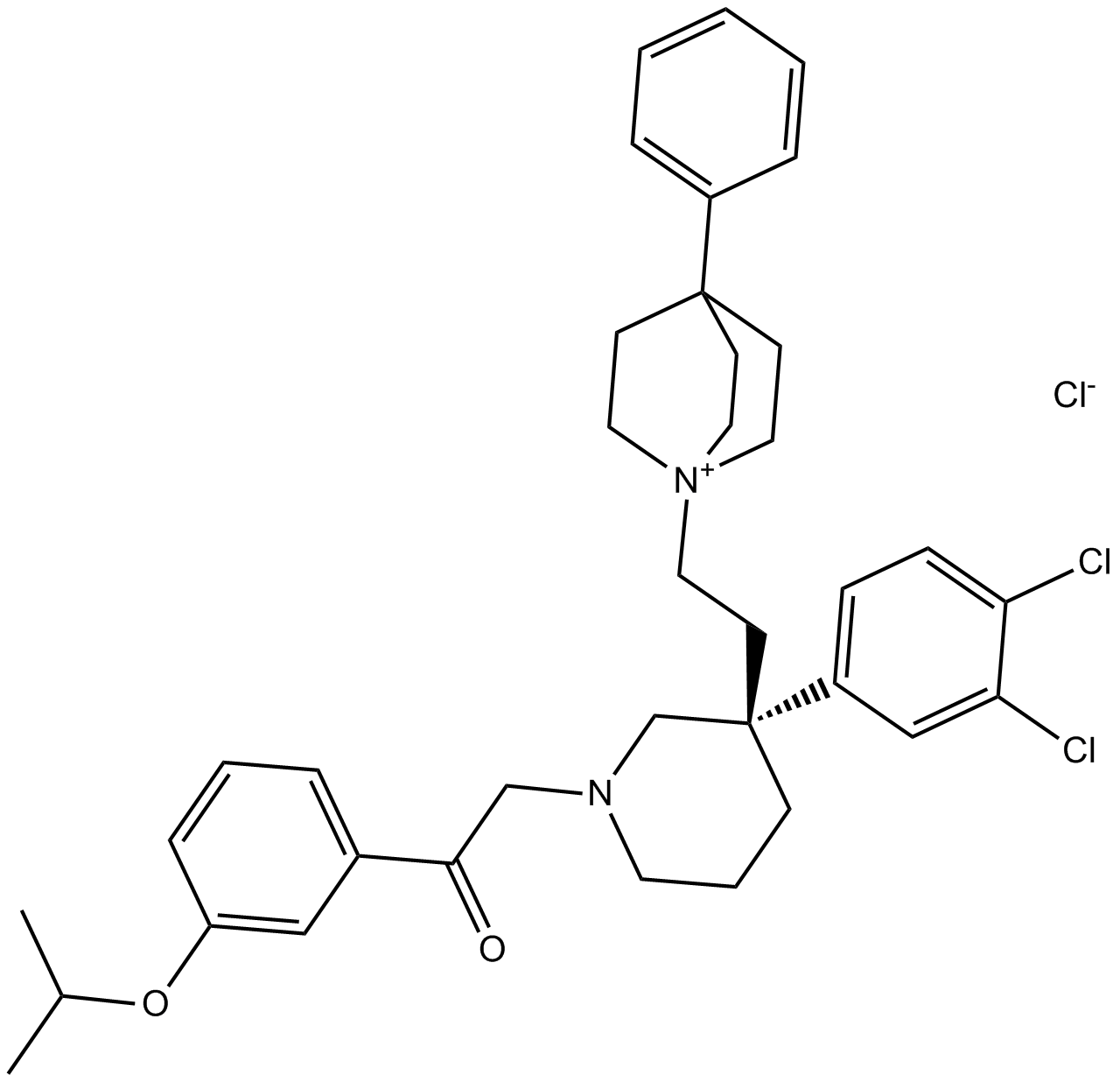 B5510 SR 140333Summary: NK1 receptor antagonist
B5510 SR 140333Summary: NK1 receptor antagonist -
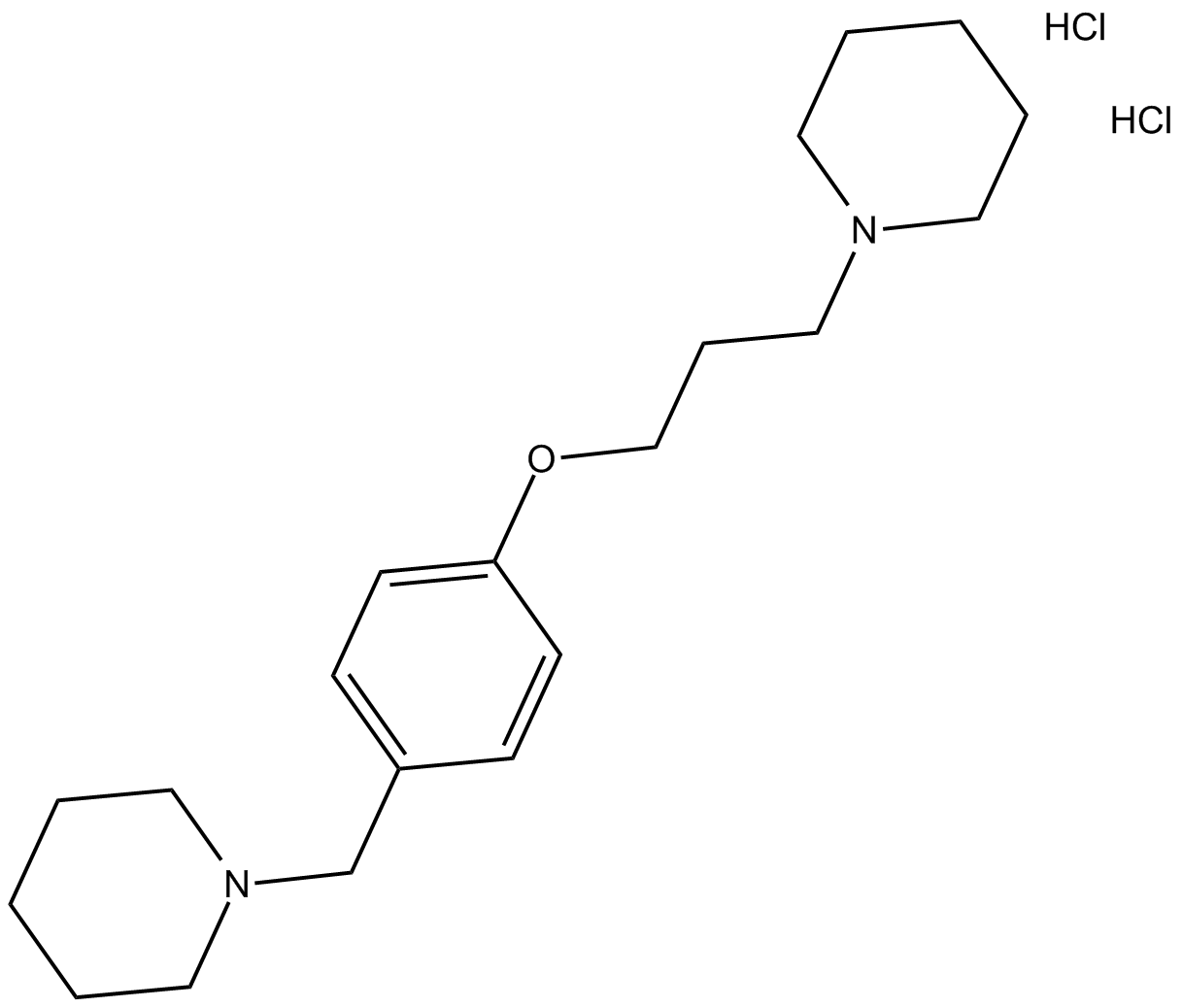 B5513 JNJ 5207852 dihydrochlorideSummary: histamine H3 receptor neutral antagonist
B5513 JNJ 5207852 dihydrochlorideSummary: histamine H3 receptor neutral antagonist -
 B5532 NPS 2390Target: Glutamate (Metabotropic) Group I ReceptorsSummary: group I mGlu antagonist
B5532 NPS 2390Target: Glutamate (Metabotropic) Group I ReceptorsSummary: group I mGlu antagonist -
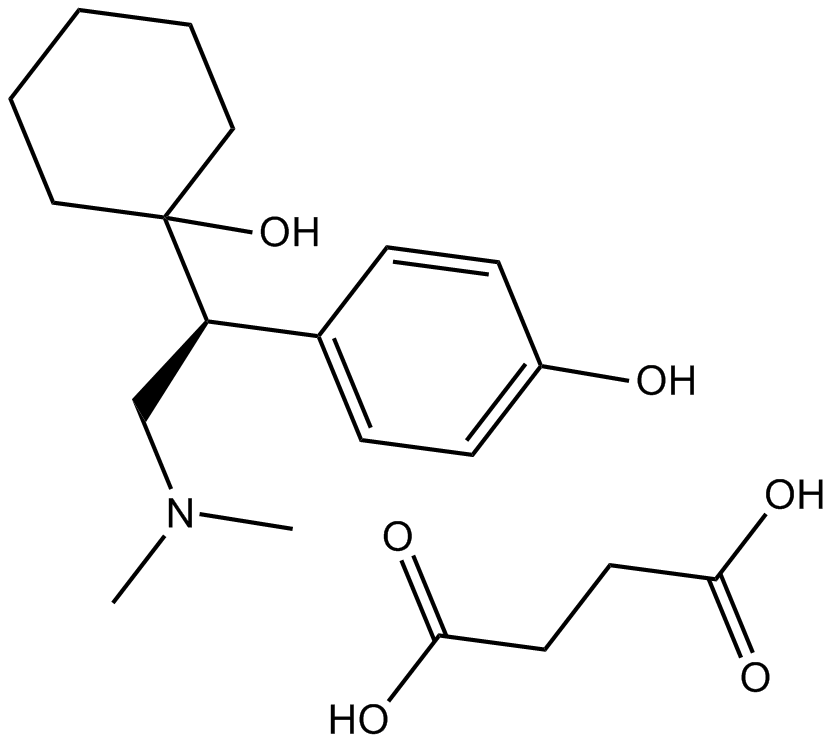 B5538 WY 45233 succinateSummary: serotonin and noradrenalin reuptake inhibitor
B5538 WY 45233 succinateSummary: serotonin and noradrenalin reuptake inhibitor -
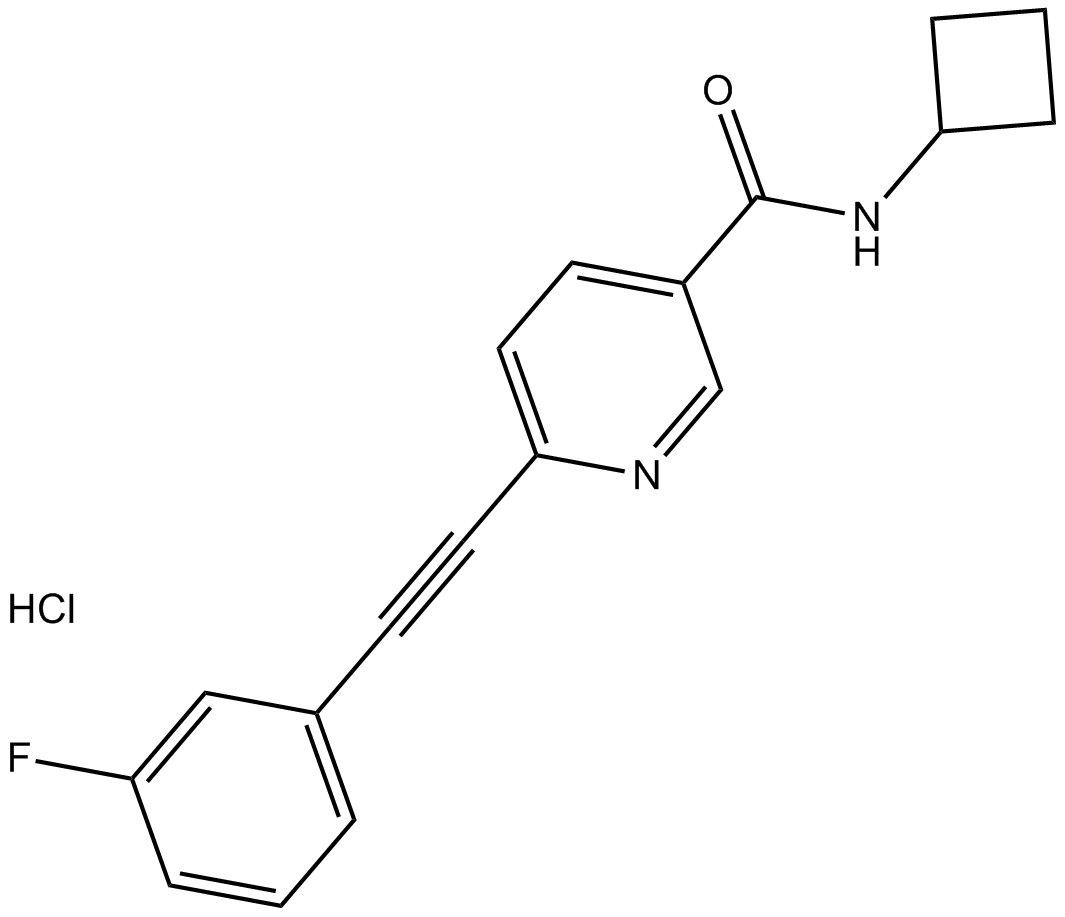 B5555 VU 0360172 hydrochlorideSummary: positive allosteric modulator of mGlu5 receptors
B5555 VU 0360172 hydrochlorideSummary: positive allosteric modulator of mGlu5 receptors -
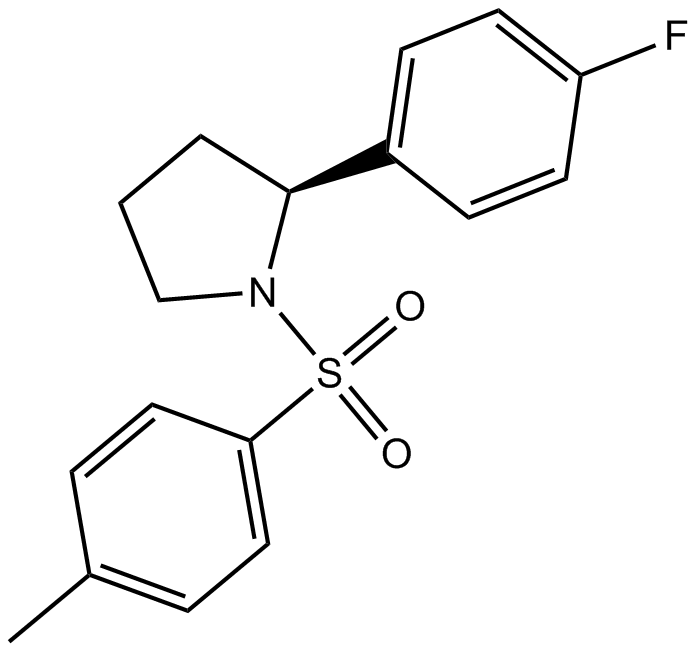 B5560 Ro 67-7476Summary: positive allosteric modulator of mGlu1 receptors
B5560 Ro 67-7476Summary: positive allosteric modulator of mGlu1 receptors -
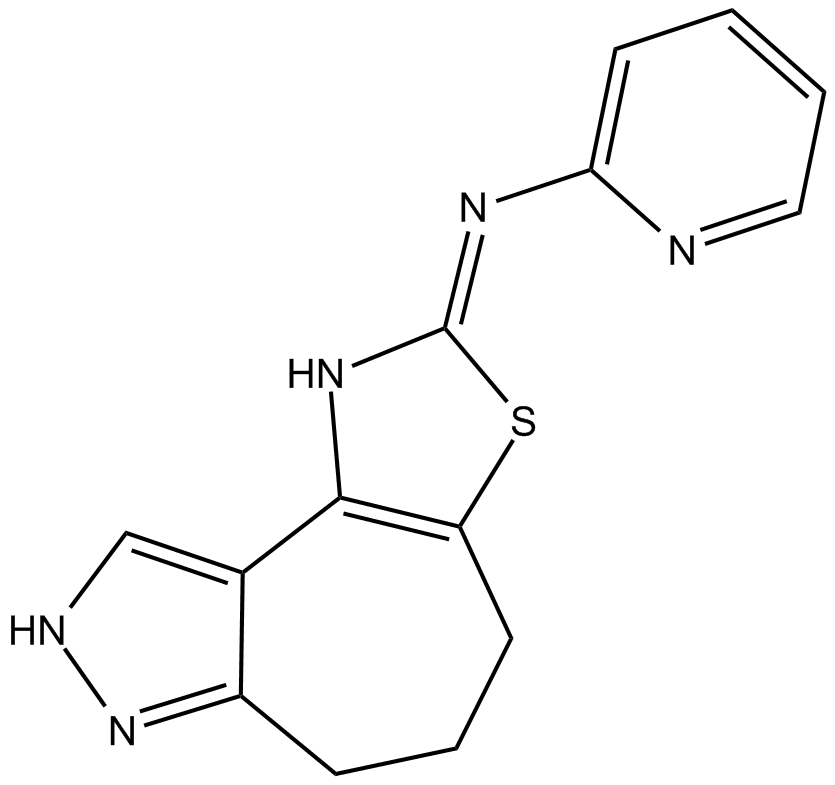 B5565 TC-N 22ASummary: mGlu4 receptor positive allosteric modulator
B5565 TC-N 22ASummary: mGlu4 receptor positive allosteric modulator

